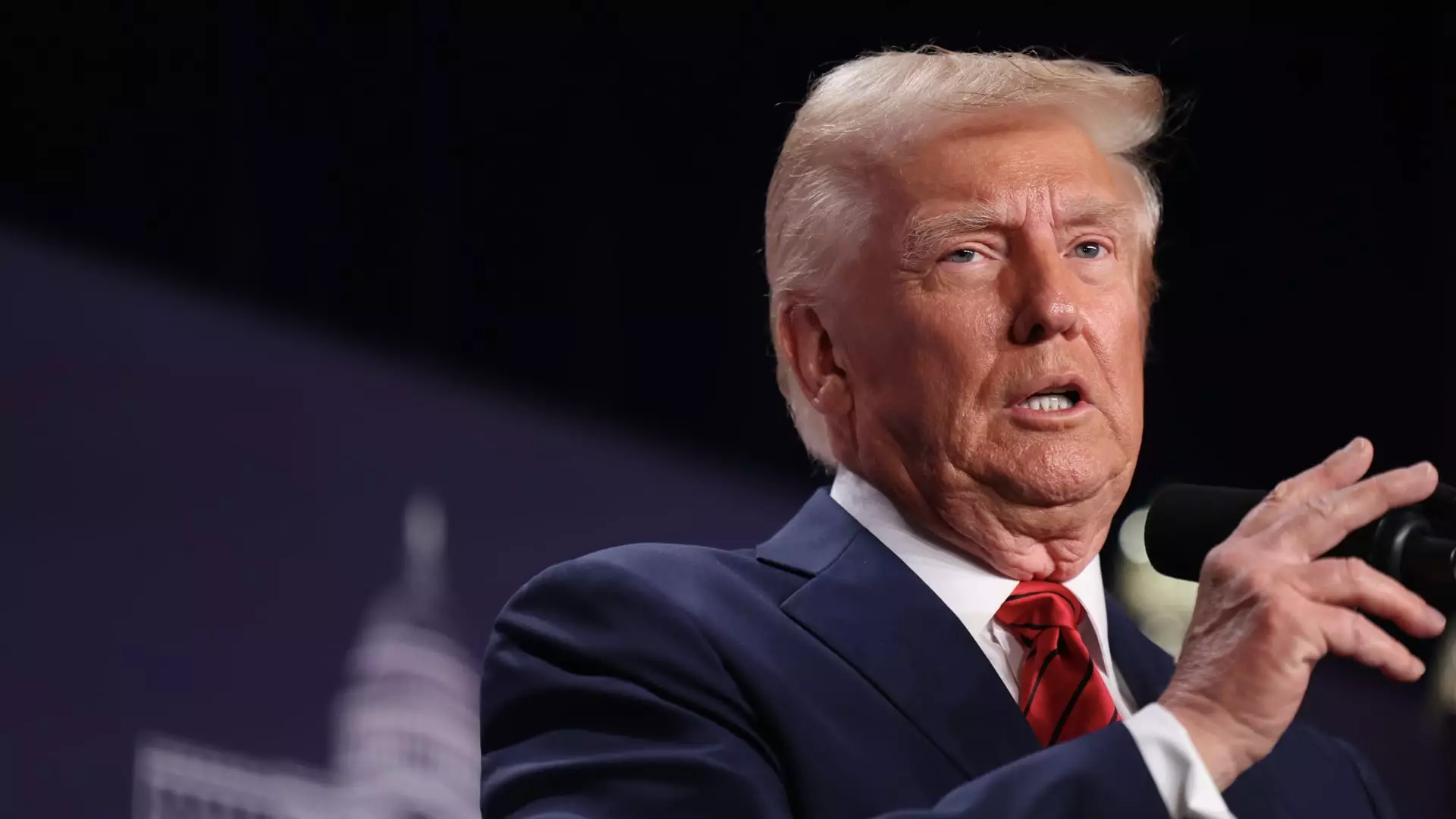As the Trump administration prepares to implement new tariffs on goods from its biggest trading partners—Canada, Mexico, and China—it is essential to consider the broader economic implications of these policies. These measures, slated to take effect on February 1, will involve a 25% tariff on imports from Mexico and Canada and a 10% tariff on goods from China. While the administration contends that these tariffs are part of a larger strategy to prioritize American industry, many economists warn that the negative consequences could far outweigh any purported benefits.
Economic analysis suggests that tariffs function as a tax on foreign imports, which U.S. businesses are likely to pass along to consumers. This results in increased prices for everyday goods, casting a shadow over consumer confidence and spending. Economists, such as Mary Lovely from the Peterson Institute for International Economics, express skepticism about the effectiveness of these tariffs, asserting, “It’s hard to find positives.” The direct relationship between tariffs and consumer costs means that the average American might face higher prices at the grocery store, clothing shops, and even electronics retailers.
Additionally, there are concerns that tariffs may limit the variety of products available to consumers. As companies adjust to scrupulous regulations and tariffs, they may cut back on the range of goods they offer to avoid escalating costs. With Canada and Mexico being major suppliers of agricultural products and consumer goods, U.S. consumers could find themselves with fewer choices and higher prices. In a market already strained by inflationary pressures, this could further erode purchasing power.
While the administration suggests that some imports might be exempt from tariffs, the specifics remain unclear. For instance, President Trump hinted that Canadian oil could be shielded from these new taxes. However, this strategy of selective exemptions could create additional complexities within the market. As Mark Zandi, chief economist at Moody’s, notes, “There are always exemptions and carve-outs,” and this patchwork approach may lead to inconsistencies that complicate the trade landscape.
The uncertainty surrounding exemptions might also incentivize businesses to shift operations or seek alternative suppliers outside the U.S., leading to potential job losses in sectors reliant on imported goods. For example, while the administration may be aiming to shield specific industries, the end result could be detrimental to others, showcasing the multifaceted consequences of tariff imposition.
In theory, tariffs are designed to generate revenue for the federal government, with estimates suggesting that the new tariffs could raise approximately $1.3 trillion through 2035. However, experts like Warwick McKibbin and Marcus Noland highlight a stark reality: these increased tariffs may trigger a substantial decrease in overall economic productivity, with estimates projecting a $200 billion reduction in U.S. gross domestic product just from the tariffs on Canada and Mexico.
Furthermore, the inherent risk of retaliatory tariffs from trading partners, particularly China, looms large. Previous experiences have shown that trade wars can escalate quickly, leading to an environment rife with uncertainty for businesses that rely on international markets. This could result in reduced U.S. exports, thus undermining economic gains from tariffs.
One of the most contentious aspects surrounding tariffs is the debate on their effectiveness in creating American jobs. Despite assertions that tariffs protect domestic industries, many economists argue that job creation in the U.S. is vastly overstated. In industries dependent on steel, for instance, the ratio is stark: for every job created in steel production, there are roughly 80 jobs in sectors that use steel as a raw material.
Economists like Lovely and Cox caution that tariffs may inadvertently lead to job losses rather than gains, as companies face increased operating costs and cut back on hiring. Consequently, the anticipated job protection may create collateral damage for segments of the workforce rather than benefiting them as intended.
As the Trump administration embarks on its new tariff strategy, it is vital to approach these policies with a critical lens. The increased costs for consumers, the potential for rapid economic decline, and the detrimental effects on employment present a complex landscape characterized by unforeseen challenges. While the administration touts these tariffs as a pathway to prosperity for American industries, the cautionary tales from economists emphasize the need for a balanced, data-driven approach to trade policy. Balancing economic interests while protecting American jobs results not from broad-based tariffs but from strategic dialogues and truly equitable trade agreements that benefit all parties involved.

